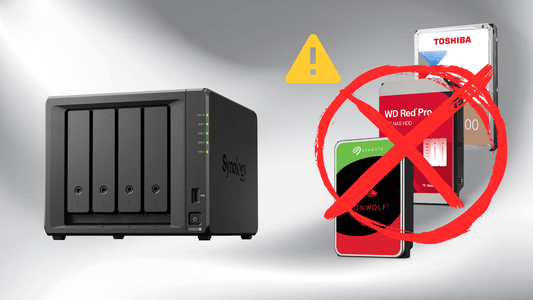ONVIF: Revolutionizing IP-Based Security Systems

Understanding ONVIF: Bridging the Gap in Security Systems
ONVIF (Open Network Video Interface Forum) stands as a cornerstone in the evolving landscape of security technologies. This standard is designed to ensure interoperability and compatibility across diverse IP-based security devices, fostering an ecosystem where flexibility and choice reign supreme.
The Benefits of ONVIF Compliance
- Enhanced Interoperability: ONVIF's greatest strength lies in its ability to bring together security components from different manufacturers, creating a cohesive system.
- Future-Proof Security: By standardizing communication protocols, ONVIF ensures that newer technologies can be seamlessly integrated into existing systems.
- Diverse Range of Options: The standard allows users to choose the best-in-class products from various manufacturers, ensuring a system tailored to specific needs.
Challenges in Implementing ONVIF
- Complex Configuration: The initial setup of an ONVIF-compliant system may require technical know-how and expertise.
- Consistent Firmware Updates: Regular updates are essential to keep up with the evolving standards and maintain functionality.
- Performance Variability: Different interpretations of the standard by manufacturers can lead to inconsistent performance.
ONVIF Compliance: A Closer Look at Profiles
Each ONVIF profile serves a distinct purpose. For instance, Profile S focuses on basic video streaming, while Profile G addresses recording and storage. These profiles ensure that devices meet certain criteria for specific functionalities.
ONVIF Versus Alternative Standards: A Detailed Comparison
| Feature | ONVIF | Alternative Standards |
|---|---|---|
| Interoperability | High across diverse brands | Often restricted to specific ecosystems |
| System Flexibility | High, with multi-brand integration | Lower, favoring single-brand setups |
| Setup Complexity | Higher due to diverse profiles | Generally lower but less adaptable |
| Future Compatibility | Strong, with evolving profiles | Potentially limited by proprietary tech |
The ONVIF Ecosystem in Practice
ONVIF’s universality makes it a top choice for a range of scenarios, from residential security to large-scale enterprise surveillance. Its ability to blend different devices into a unified system is particularly advantageous in complex security setups.
ONVIF Profiles Deep Dive
- Profile S (Streaming): Designed for IP-based video systems, facilitating basic video streaming requirements.
- Profile G (Recording): Tailored for video recording and playback, ensuring compatibility between cameras and recording systems.
- Profile T (Advanced Streaming): Supports advanced video streaming features, crucial for modern surveillance needs.
Exploring Real-World ONVIF Applications
Real-world applications of ONVIF include city-wide surveillance systems, where cameras from various manufacturers need to integrate seamlessly. In commercial settings, ONVIF allows for the incorporation of specialized cameras (like thermal or panoramic) into existing surveillance systems without vendor lock-in.
ONVIF's Future Trajectory
As security technology evolves, ONVIF continues to play a pivotal role in shaping the future of surveillance. Its commitment to adaptability and innovation positions it as a vital component of modern security infrastructure.
No comments







0 comments